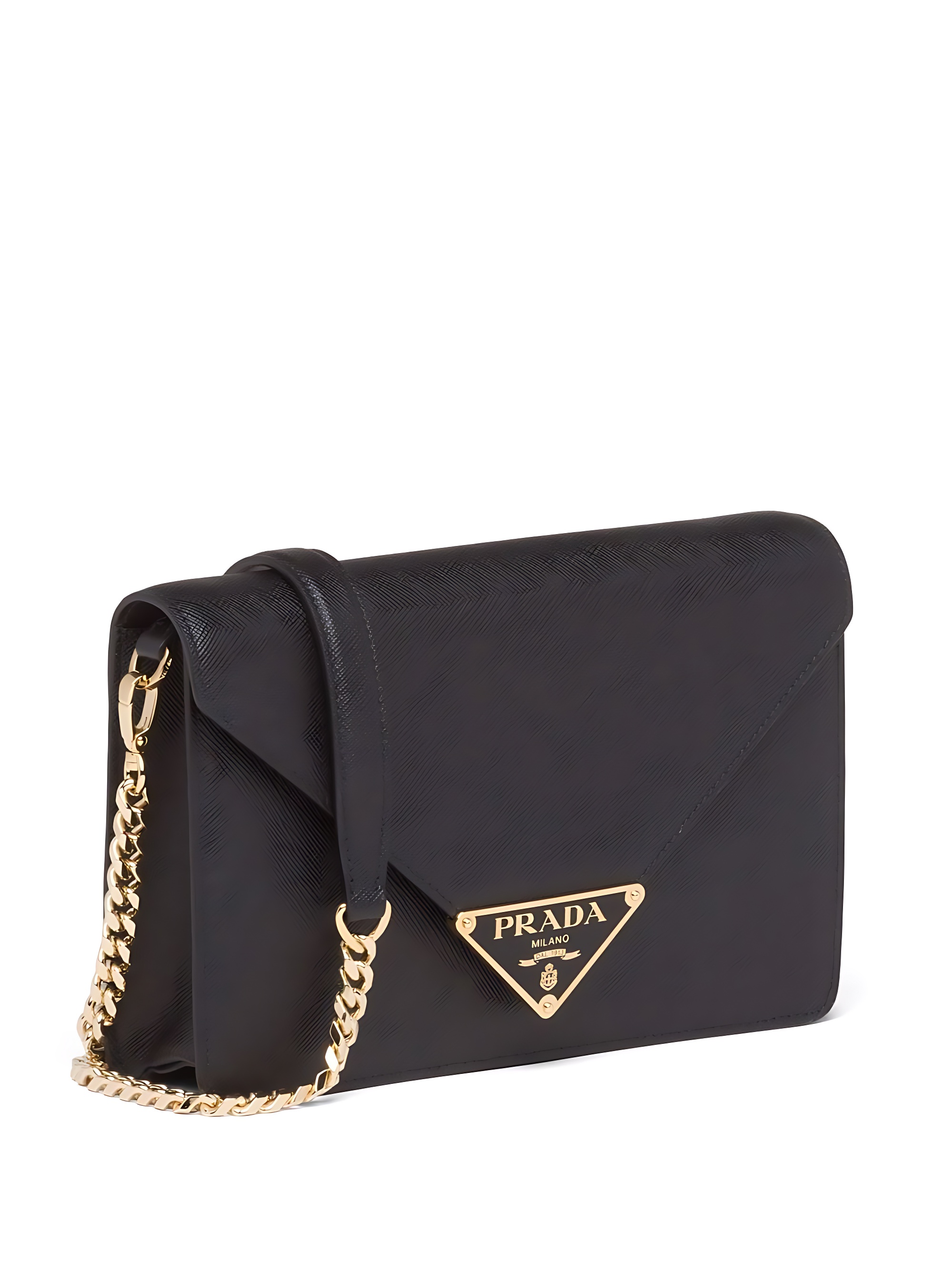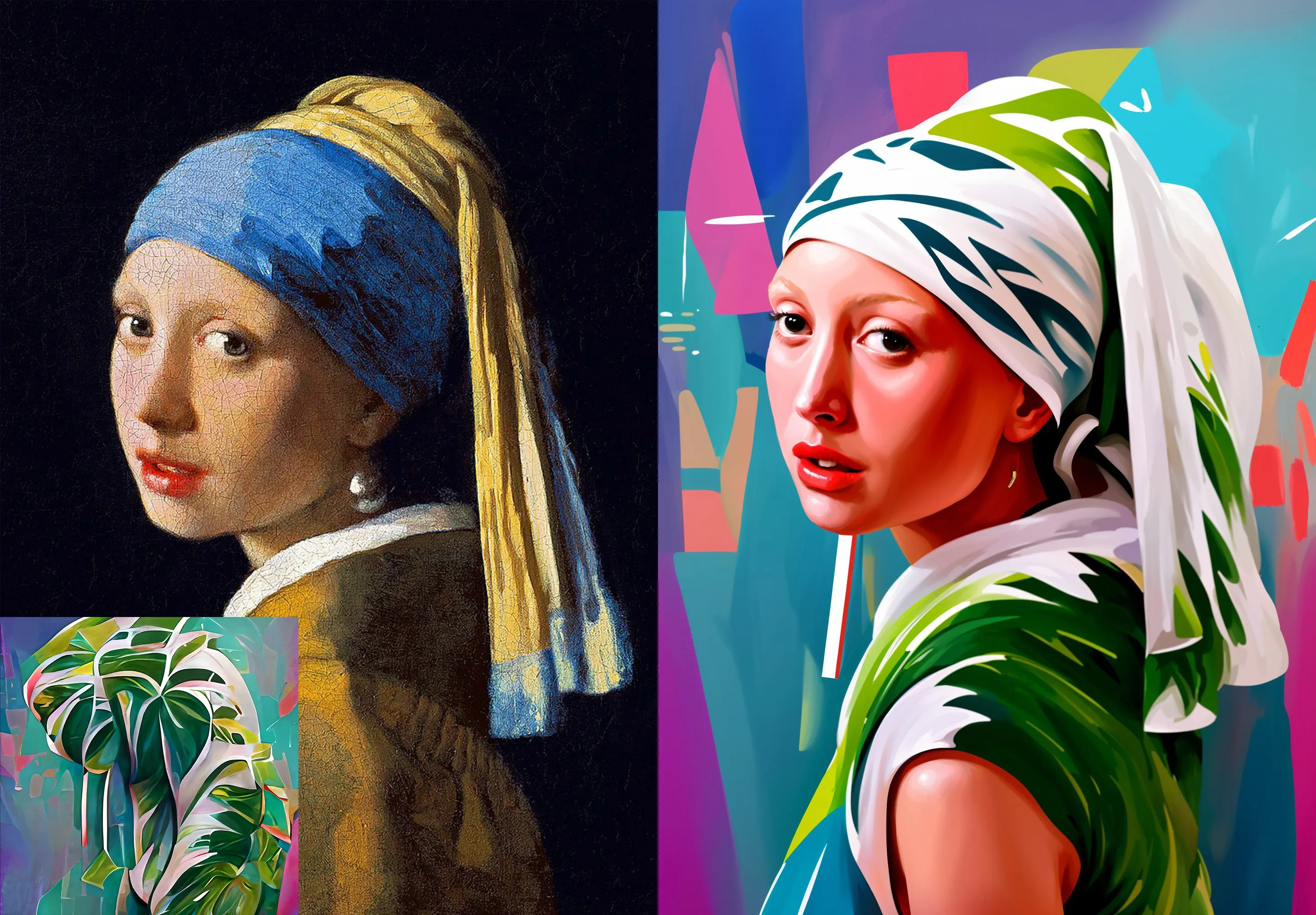segformer-b0-finetuned-ade-512-512
Maintainer: bfirsh

1.0K

| Property | Value |
|---|---|
| Run this model | Run on Replicate |
| API spec | View on Replicate |
| Github link | View on Github |
| Paper link | No paper link provided |
Create account to get full access
Model overview
The segformer-b0-finetuned-ade-512-512 is a SegFormer model fine-tuned on the ADE20k dataset. SegFormer is a hierarchical Transformer encoder architecture introduced in the paper SegFormer: Simple and Efficient Design for Semantic Segmentation with Transformers. The model was pre-trained on ImageNet-1k and then fine-tuned on the ADE20k dataset. Unlike other segmentation models that rely on complex decoder heads, SegFormer uses a lightweight all-MLP decoder, making it efficient and simple in design.
Model inputs and outputs
This model takes an image as input and produces a segmentation map as output. The segmentation map assigns a semantic class label to each pixel in the input image.
Inputs
- image: The input image as a URI.
Outputs
- Output: An array of segmented regions, with each region assigned a semantic class label.
Capabilities
The segformer-b0-finetuned-ade-512-512 model is capable of performing high-quality semantic segmentation on a wide range of scenes and objects, thanks to its strong performance on the ADE20k dataset. It can accurately identify and delineate different elements in a scene, such as buildings, vehicles, people, and natural features.
What can I use it for?
You can use the segformer-b0-finetuned-ade-512-512 model for a variety of computer vision applications that require scene understanding and semantic segmentation, such as autonomous driving, robotics, image editing, and augmented reality. By understanding the contents of an image at a pixel level, you can build applications that interact with the world in more meaningful and contextual ways.
Things to try
One interesting aspect of the segformer-b0-finetuned-ade-512-512 model is its efficient and lightweight design, which makes it well-suited for deployment on edge devices or in real-time applications. You could experiment with using the model for tasks like real-time video segmentation or interactive image editing, where the model's fast inference speed and accurate predictions could be beneficial.
This summary was produced with help from an AI and may contain inaccuracies - check out the links to read the original source documents!
Related Models
%20copy.jpg)
segformer-b5-finetuned-ade-640-640

347
The segformer-b5-finetuned-ade-640-640 is a powerful image segmentation model developed by the maintainer simbrams. This model is built on the SegFormer architecture, which utilizes Transformer-based encoders to capture rich contextual information and achieve state-of-the-art performance on a variety of segmentation tasks. The model has been fine-tuned on the ADE20K dataset, enabling it to segment a wide range of objects and scenes with high accuracy. Compared to similar models like swinir, stable-diffusion, gfpgan, and supir, the segformer-b5-finetuned-ade-640-640 model excels at high-resolution, detailed image segmentation tasks, making it a versatile tool for a wide range of applications. Model inputs and outputs The segformer-b5-finetuned-ade-640-640 model takes a single input image and outputs a segmentation mask, where each pixel in the image is assigned a class label. This allows for the identification and localization of various objects, scenes, and structures within the input image. Inputs image**: The input image to be segmented, in the form of a URI. keep_alive**: A boolean flag that determines whether to keep the model alive after the inference is complete. Outputs Output**: An array of segmentation results, where each item represents a segmented region with its class label and coordinates. Capabilities The segformer-b5-finetuned-ade-640-640 model excels at detailed, high-resolution image segmentation. It can accurately identify and localize a wide range of objects, scenes, and structures within an image, including buildings, vehicles, people, natural landscapes, and more. The model's ability to capture rich contextual information and its fine-tuning on the diverse ADE20K dataset make it a powerful tool for various computer vision applications. What can I use it for? The segformer-b5-finetuned-ade-640-640 model can be utilized in a variety of applications, such as autonomous driving, urban planning, content-aware image editing, and scene understanding. For example, the model could be used to segment satellite or aerial imagery to aid in urban planning and infrastructure development. It could also be integrated into photo editing software to enable intelligent, context-aware image manipulation. Things to try One interesting application of the segformer-b5-finetuned-ade-640-640 model could be to combine it with other image processing and generative models, such as segmind-vega, to enable seamless integration of segmentation into more complex computer vision pipelines. Exploring ways to leverage the model's capabilities in creative or industrial projects could lead to novel and impactful use cases.
Updated Invalid Date

upscaler

22
The upscaler model aims to develop practical algorithms for real-world face restoration. It is similar to other face restoration models like GFPGAN and facerestoration, which focus on restoring old photos or AI-generated faces. The upscaler model can also be compared to Real-ESRGAN, which offers high-quality image upscaling and enhancement. Model inputs and outputs The upscaler model takes an image as input and can scale it up by a factor of up to 10. It also has an option to enable face enhancement. The output is a scaled and enhanced image. Inputs Image**: The input image to be upscaled and enhanced Scale**: The factor to scale the image by, up to 10 Face Enhance**: A boolean to enable face enhancement Outputs Output**: The scaled and enhanced image Capabilities The upscaler model can effectively scale and enhance images, particularly those with faces. It can improve the quality of low-resolution or blurry images, making them clearer and more detailed. What can I use it for? The upscaler model can be useful for a variety of applications, such as enhancing old photos, improving the quality of AI-generated images, or upscaling low-resolution images for use in presentations or marketing materials. It could also be integrated into photo editing workflows or used to create high-quality images for social media or digital content. Things to try Try experimenting with different scale factors and face enhancement settings to see how they impact the output. You could also try using the upscaler model in combination with other image processing tools or AI models, such as those for image segmentation or object detection, to create more advanced image processing pipelines.
Updated Invalid Date

sdxl-lightning-4step

412.2K
sdxl-lightning-4step is a fast text-to-image model developed by ByteDance that can generate high-quality images in just 4 steps. It is similar to other fast diffusion models like AnimateDiff-Lightning and Instant-ID MultiControlNet, which also aim to speed up the image generation process. Unlike the original Stable Diffusion model, these fast models sacrifice some flexibility and control to achieve faster generation times. Model inputs and outputs The sdxl-lightning-4step model takes in a text prompt and various parameters to control the output image, such as the width, height, number of images, and guidance scale. The model can output up to 4 images at a time, with a recommended image size of 1024x1024 or 1280x1280 pixels. Inputs Prompt**: The text prompt describing the desired image Negative prompt**: A prompt that describes what the model should not generate Width**: The width of the output image Height**: The height of the output image Num outputs**: The number of images to generate (up to 4) Scheduler**: The algorithm used to sample the latent space Guidance scale**: The scale for classifier-free guidance, which controls the trade-off between fidelity to the prompt and sample diversity Num inference steps**: The number of denoising steps, with 4 recommended for best results Seed**: A random seed to control the output image Outputs Image(s)**: One or more images generated based on the input prompt and parameters Capabilities The sdxl-lightning-4step model is capable of generating a wide variety of images based on text prompts, from realistic scenes to imaginative and creative compositions. The model's 4-step generation process allows it to produce high-quality results quickly, making it suitable for applications that require fast image generation. What can I use it for? The sdxl-lightning-4step model could be useful for applications that need to generate images in real-time, such as video game asset generation, interactive storytelling, or augmented reality experiences. Businesses could also use the model to quickly generate product visualization, marketing imagery, or custom artwork based on client prompts. Creatives may find the model helpful for ideation, concept development, or rapid prototyping. Things to try One interesting thing to try with the sdxl-lightning-4step model is to experiment with the guidance scale parameter. By adjusting the guidance scale, you can control the balance between fidelity to the prompt and diversity of the output. Lower guidance scales may result in more unexpected and imaginative images, while higher scales will produce outputs that are closer to the specified prompt.
Updated Invalid Date

become-image

329
The become-image model, created by maintainer fofr, is an AI-powered tool that allows you to adapt any picture of a face into another image. This model is similar to other face transformation models like face-to-many, which can turn a face into various styles like 3D, emoji, or pixel art, as well as gfpgan, a practical face restoration algorithm for old photos or AI-generated faces. Model inputs and outputs The become-image model takes in several inputs, including an image of a person, a prompt describing the desired output, a negative prompt to exclude certain elements, and various parameters to control the strength and style of the transformation. The model then generates one or more images that depict the person in the desired style. Inputs Image**: An image of a person to be converted Prompt**: A description of the desired output image Negative Prompt**: Things you do not want in the image Number of Images**: The number of images to generate Denoising Strength**: How much of the original image to keep Instant ID Strength**: The strength of the InstantID Image to Become Noise**: The amount of noise to add to the style image Control Depth Strength**: The strength of the depth controlnet Disable Safety Checker**: Whether to disable the safety checker for generated images Outputs An array of generated images in the desired style Capabilities The become-image model can adapt any picture of a face into a wide variety of styles, from realistic to fantastical. This can be useful for creative projects, generating unique profile pictures, or even producing concept art for games or films. What can I use it for? With the become-image model, you can transform portraits into various artistic styles, such as anime, cartoon, or even psychedelic interpretations. This could be used to create unique profile pictures, avatars, or even illustrations for a variety of applications, from social media to marketing materials. Additionally, the model could be used to explore different creative directions for character design in games, movies, or other media. Things to try One interesting aspect of the become-image model is the ability to experiment with the various input parameters, such as the prompt, negative prompt, and denoising strength. By adjusting these settings, you can create a wide range of unique and unexpected results, from subtle refinements to the original image to completely surreal and fantastical transformations. Additionally, you can try combining the become-image model with other AI tools, such as those for text-to-image generation or image editing, to further explore the creative possibilities.
Updated Invalid Date